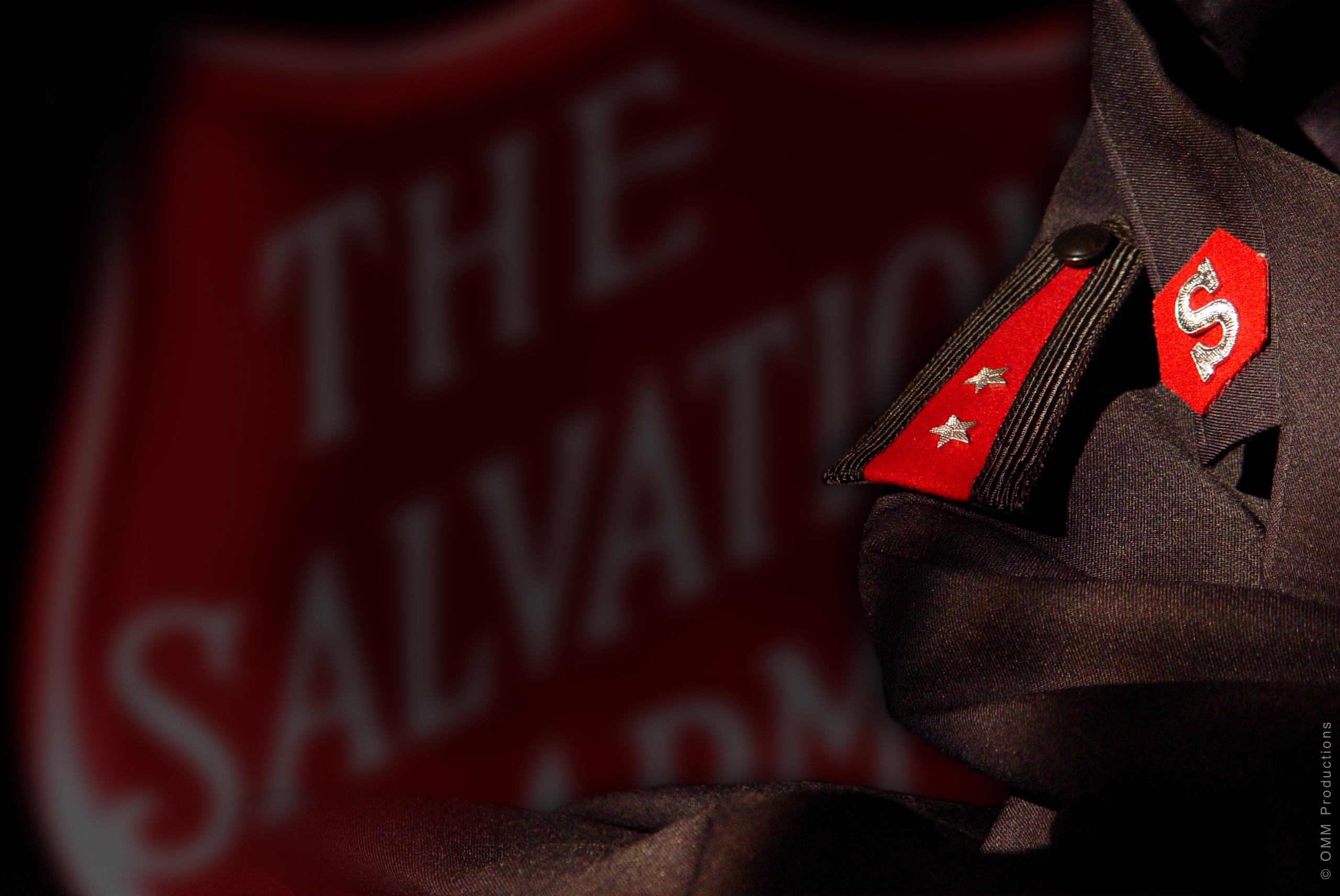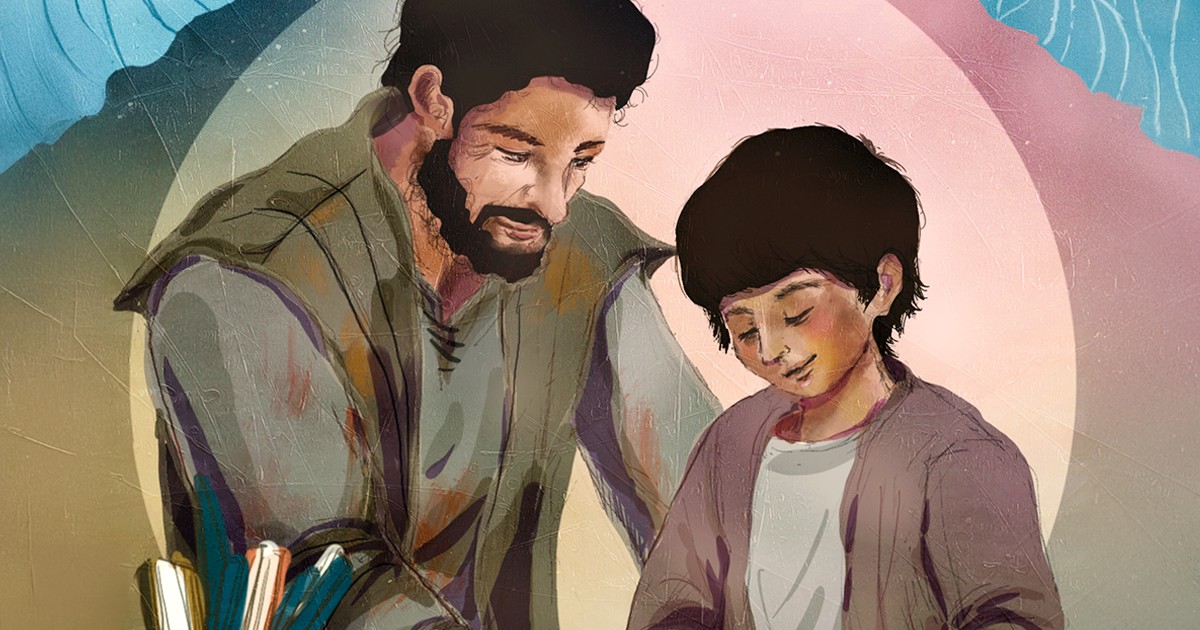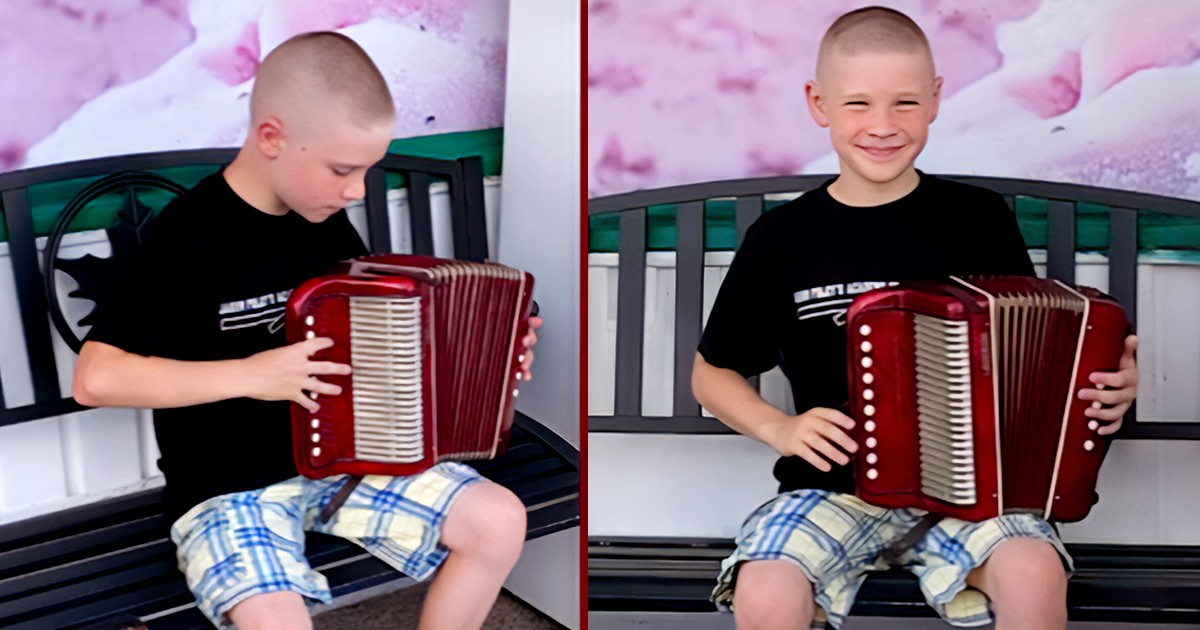Recognizable
The uniform is recognizable. Sure, it might be a marketable feature to donors and the public, but it should also be a symbol of hope to people who see it. Many soldiers and officers can bear witness to the fact that people often come up to us and say things such as, “You don't know me, but The Salvation Army saved my life….” The uniform is recognized by those the Army has helped, as well as those who want to help. We may have to sacrifice some comforts in order to wear it. By putting on the uniform, we are taking off some of our personal identity and individuality and becoming part of something greater than ourselves. Or perhaps our identity and individuality make the Army greater than before. We do this together. We wear the uniform for a purpose. We share in this mission and fight not as solitary soldiers, but as a unified Army—so be recognizable!
Christlikeness
I'm not saying that Jesus donned one of our finest polyester navy blue uniforms, but we can embrace the uniform by understanding what it represents. Remember that the “S” stands for “saved to save” (or “saved to serve”). Who have we been saved by? Christ. He gave us salvation and showed us what holiness looks like. We have been saved for a holy purpose—to show others a new life in Christ and help them navigate life's murky, sin-sick waters. We can glorify God through the ways we conduct daily lives while wearing the uniform. Can we practise “Christlikeness” out of uniform? Of course, and we should. But we can also use this semi-comfortable contraption to bear witness to a transformed life. Wearing the uniform isn't always easy, but neither is living a holy life. If you are a soldier and you are committed to the cause of the Army, then consistent uniform wear is probably a given.
Unique Witness
Barring airport delays caused by being mistaken for an airline pilot, the uniform can be a unique witnessing tool. People are curious about it. If anything, it's a wonderful conversation starter. Witnessing is so much more than the old method of handing out tracts, cold-calling people or yelling “Jesus saves!” on a street corner. People want to be engaged on a personal level. If we have hidden motives, we are disingenuous in our witness. Wearing the uniform will either scare people away or cause them to ask questions. And, who knows? Perhaps you can develop a relationship with someone because of it.
While wearing the uniform, we can't hide the fact that we are soldiers and Christians. We all know of areas in which Christianity has been tarnished by inconsistent witnesses and downright hypocritical people—and we can't afford to be that kind of witness while in uniform. Seriously, if you don't think you can be a consistent witness whether in or out of a uniform, don't wear the uniform. I don't mean to be harsh, but either wear it with conviction or don't wear it all. Embrace the symbolism behind the uniform or walk away from it.
The Future of the Uniform?
I don't know what the future holds for the uniform, but if what we have seen in the last 20-30 years indicates anything, the Salvation Army uniform can and will change. This doesn't mean that it will disappear, but it might mean that certain adjustments will be made (ahem, bonnets and high collars). Will skirts and pantyhose be next? I don't know. Can I say that I always enjoy wearing full uniform? Of course not! Will I stop wearing my uniform as long as I am a soldier and an officer? No. Would I welcome some adjustments or modifications to the uniform in the future? You bet I would!
Captain Scott Strissel lives in Brainerd, Minnesota. He is an active blogger and contributor for the purpose of encouraging and challenging the Salvation Army world. Read his blog at pastorsponderings.org.










I appreciate the heart behind this reflection, and I agree with the writer’s central message: the Salvation Army uniform still matters, and it should continue to stand as a living symbol of who we are and Whose we represent. It may not win any fashion award, but its value has never been about style. It has always been about identity, mission, and witness.
For many people, that uniform is the first reminder that help, hope, and Christlike love are near. It opens doors, softens hearts, and tells a hurting world that the Army of salvation has arrived not in pride, but in service. Generations have recognized the “S” as a mark of people who show up when others don’t. That kind of trust is not easy to build, and we cannot afford to lose it.
Yes, times change, and there is nothing wrong with making adjustments for comfort, practicality, and modern expression. Updates can help us serve better. But while the style may adapt, the symbol must remain. The uniform distinguishes us as soldiers of the cross, saved to save, saved to serve, and committed to holiness in both action and appearance. It challenges us to live what we profess and to model Christlikeness in our daily walk.
The message also highlights something true: wearing the uniform isn’t always easy, but neither is the calling. It takes conviction. It takes consistency. And it takes a willingness to lay aside a bit of personal preference for the sake of a greater mission. That’s why, for many of us, the uniform is not optional It is a sacred reminder of the covenant we carry.
So while improvements are welcome, discontinuing the uniform should never be an option. It is a visible testimony of our identity as an Army, our unity as believers, and our commitment to stand for Christ in a world that desperately needs His light.
In every community, on every street, that uniform still speaks. And the message it carries is far too important to silence.